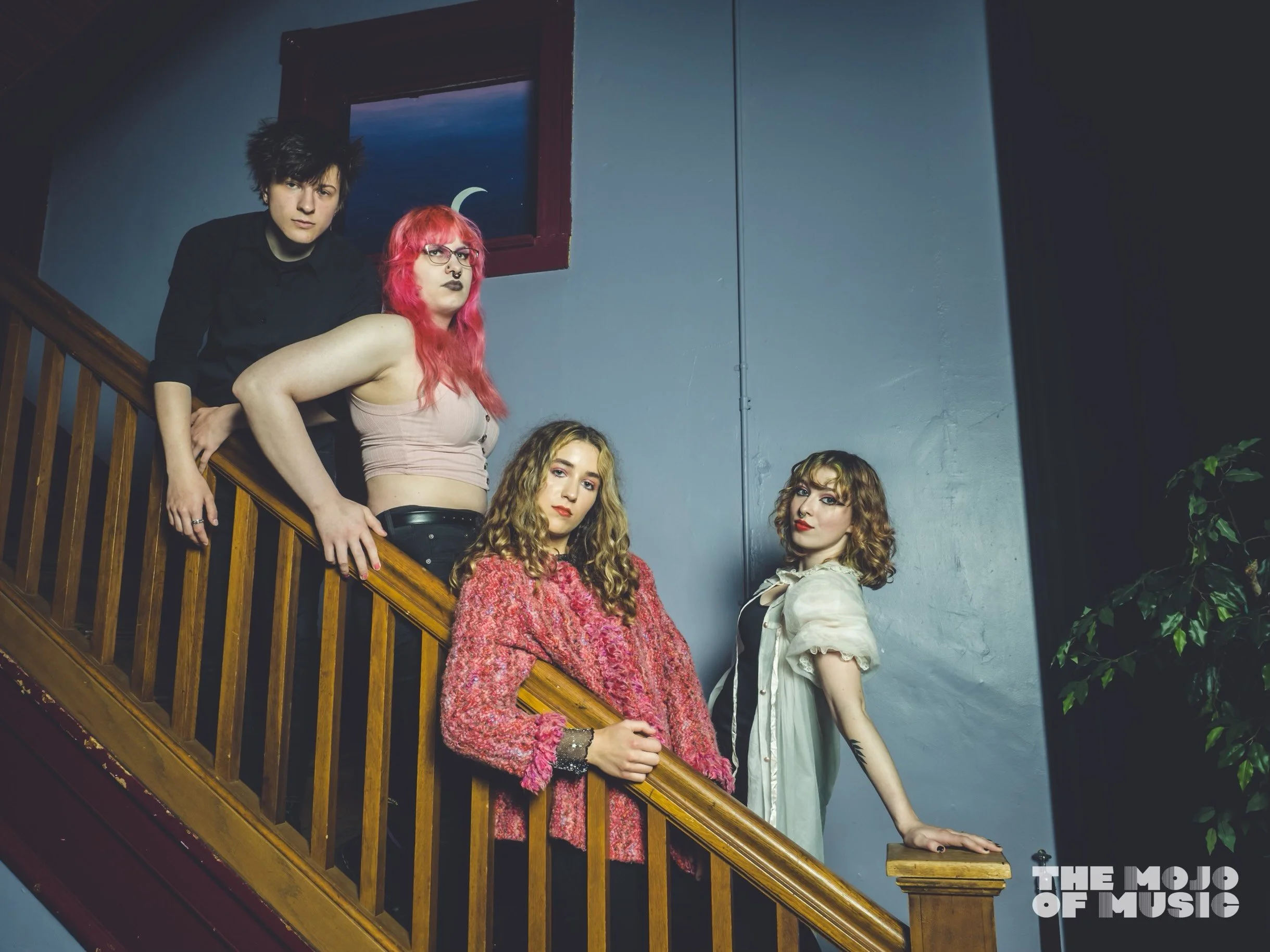Special Edition Spring 2022: Welcome All—Without Distinction
Transphobia at St. Kate’s
As a historically women’s college, St. Catherine University offers a variety of great opportunities for young women seeking to further their education. However, this university often fails to acknowledge the diverse range of transgender (trans) and non-binary people seeking to further their education as well. Despite certain attempts to make St. Kate’s an accepting place for trans and non-binary students, the administration often misses the mark to make these individuals feel welcomed.
To learn more about the specific ways that St. Kate’s allows for transphobia to occur, I sat down with Ryder Wolfe ‘22 (Business Administration and Marketing), Phoenix Borowski ‘23 (Master of Public Health: Global Health) and Francis Fagerlund ‘25 (Psychology). Borowski and Fagerlund are both non-binary, and Wolfe is a trans man, so their experience at St. Kate’s greatly differs from their cisgender peers.
To examine transphobia at St. Kate’s, let’s first examine their admission policies. At the moment, the university allows trans women and non-binary people into the undergraduate program, but they do not accept trans men. According to the admission policy, “St. Catherine University will continue to consider all individuals who identify as women for admission to our undergraduate College for Women regardless of gender assigned at birth, as well as non-binary and genderqueer students.” Wolfe mentions how this policy has made his experience at St. Kate’s very isolating. He said, “People look at me like I’m the token trans guy at this school, and I’m not. I don’t represent the trans men community at St. Kate’s.” Wolfe does not deserve the burden of educating others on his identity, and he should not carry the weight of being a representative for trans men on campus.
Although St. Kate’s tries to foster a supportive community, the administration's activism is often performative and does not address the root of transphobia at this school. For example, the university hosted a candlelight vigil on Trans Day of Remembrance, and while the vigil helped spread awareness for this important trans issue, it did little to actively support the safety of trans students on campus. The university needs to do more.
One way that the administration can actively support trans students on campus is by modifying the process for changing a name in the system at St. Kate’s. Despite being able to change their name in online spaces, trans and non-binary students often cannot change their names in the class roster. This increases the likelihood of being deadnamed by a professor in class. Deadnaming, or using the name that someone had before transitioning, causes trans and non-binary students to feel extremely invalidated in their identity. If the administration truly cares about dismantling transphobia at St. Kate’s, then they must change this policy and procedure.
As of now, the university places the burden on students to contact their professors before the first day of class to avoid being deadnamed. Although deadnaming occurs most often in the first couple of weeks of class, misgendering can occur constantly throughout a semester. Examples of misgendering included using the wrong pronouns for someone or using gendered language that does not align with their gender identity. Fagerlund mentions, “It’s one of those things that I remind myself, like ‘wait, other people don’t go to class with crippling anxiety that they’re gonna have to correct their professor for like the seventh million time.’” It can be extremely draining for these students to constantly correct others on their identity.
Additionally, St. Kate’s offers very few resources for LGBTQ+ students who seek to find support and connection with people who share similar identities. Instead, these students have to create their own community in order to feel supported. Wolfe, Borowski and Fagerlund all mention how they like to surround themselves with other queer people because it makes them feel the most comfortable. Borowski mentions, “I try to be as open as possible about my identity because sometimes it’s helpful for other people to see someone who’s comfortable in their identity. If I can help somebody understand who they are, that just means so much to me because I didn’t have that person growing up.”
Like Borowski, many young queer people struggle with their identity growing up, so finding people who comfortably express themself is crucial for their own self-discovery. Although LGBTQ+ students have built strong communities on campus, St. Kate’s still needs to work on providing more safe spaces, especially for queer BIPOC students who often struggle to find safe spaces because of their intersecting identities.
St. Kate’s should also work towards creating more gender-neutral bathrooms to accommodate their students’ diverse range of gender identities. Currently, St. Kate’s offers a few gender-neutral bathrooms but not enough to make trans and non-binary students feel comfortable.
Although St. Kate’s has a lot of work to do with dismantling transphobia, there’s potential for a brighter and more inclusive future. This article is simply a message to St. Kate’s: do better! As old policies change and a new curated culture is introduced, St. Catherine University can learn to truly welcome all without distinction.






